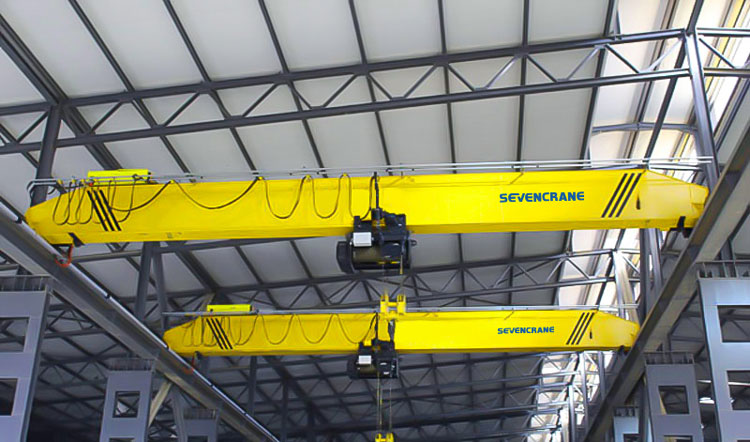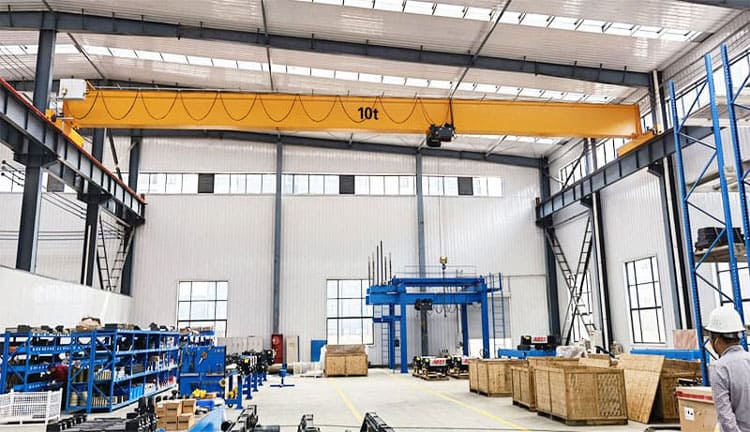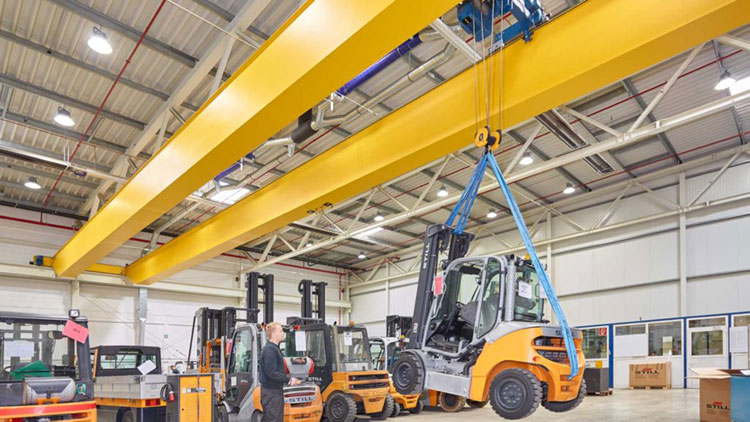In crane operations, impurities can have disastrous effects that can lead to accidents and impact operational efficiency. Therefore, it is crucial for operators to pay attention to the effect of impurities on crane operations.
One of the main concerns regarding impurities in crane operations is the impact on the structural integrity of the equipment. Crane materials should have specific properties like strength, ductility, and resistance to fracture and deformation. When impurities are present, they can negatively affect the crane’s structural properties, leading to material fatigue, reduced strength, and ultimately, the possibility of catastrophic failure. Even minor impurities like rust and dirt can impact equipment because they lead to degradation over time due to corrosion.
Another effect of impurities on crane operations is on the lubrication system. Crane components require proper and frequent lubrication to ensure smooth operation and prevent machine wear and tear. But having impurities in the lubrication system can affect the oil’s effectiveness, leading to increased friction, overheating, and eventual damage to the crane systems. This can result in significant downtime, maintenance costs, and reduced productivity.
The presence of impurities in the environment can also impact crane operations. For instance, foreign materials like dust, debris, and particles in the air can clog up the crane’s air intake or filters, leading to reduced airflow to the engine. This impedes engine performance and affects crane operation, causing damage to other systems and reduced productivity.
In conclusion, operatives should take impurities seriously and regularly maintain overhead crane equipment. By doing so, they can identify and fix any impurities in the equipment, ensuring smooth operations and increased productivity. Maintaining a conducive working environment, ensuring regular inspections and maintenance, and staying vigilant to identify impurities can prevent crane accidents and maximize equipment lifespan.










